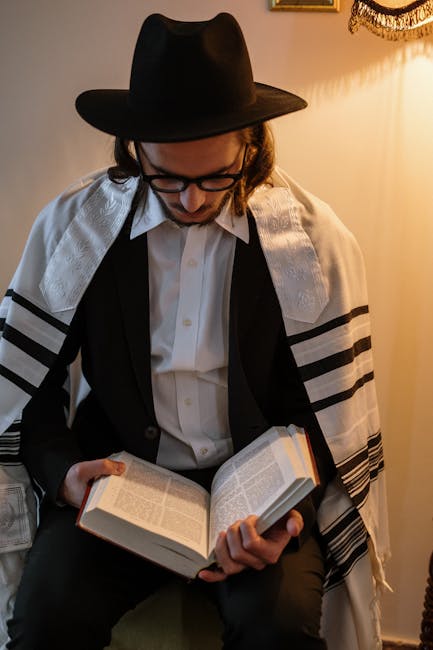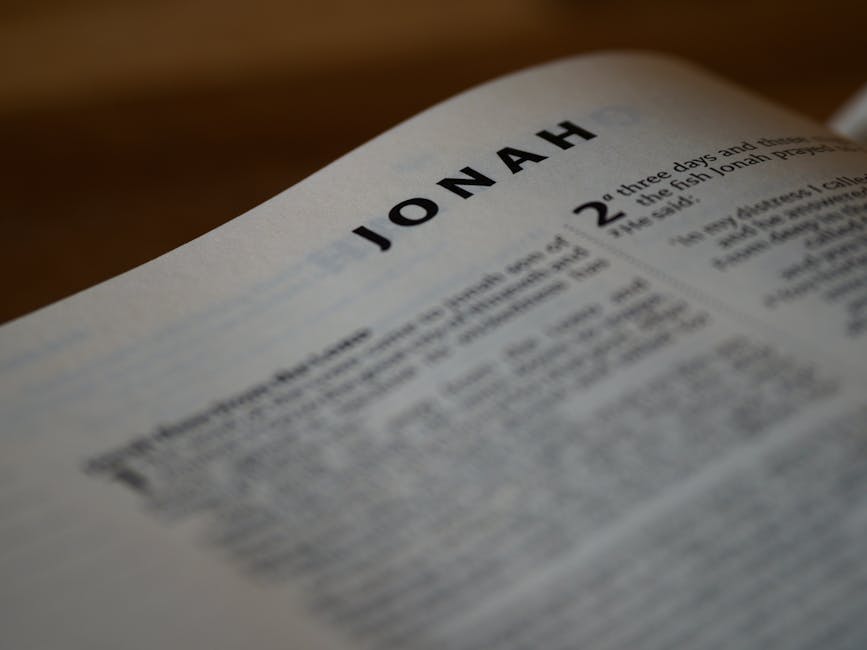Decoding the Body of Jewish Law: Halakha, its Sources, and Contemporary Relevance
The term “Body of Jewish Law,” often referred to as Halakha (הלכה), encompasses a vast and complex system of legal and ethical precepts governing Jewish life. It’s not simply a set of rules; it’s a living, evolving tradition that has shaped Jewish culture and identity for millennia. Understanding Halakha requires exploring its multifaceted origins, its interpretive methodologies, and its ongoing relevance in the modern world.

The Sources of Halakha: A Multi-Layered Tradition
Halakha isn’t derived from a single source but rather a complex interplay of several foundational texts and traditions. These primary sources are:
- The Torah (תורה): The first five books of the Hebrew Bible, also known as the Pentateuch, form the bedrock of Jewish law. They contain commandments (mitzvot) concerning ritual practices, ethical conduct, and societal organization. However, the Torah’s laws are often concise and require interpretation.
- The Nevi’im (נביאים) and Ketuvim (כתובים): These are the Prophets and Writings, respectively, the second and third sections of the Hebrew Bible. They provide further insights into God’s will and offer examples of how to apply Torah law in various contexts. While not as directly legislative as the Torah, they contribute significantly to the interpretation and understanding of Halakha.
- The Oral Torah (תורה שבעל פה): This is a crucial element, often misunderstood. It’s not simply a collection of oral pronouncements but rather a dynamic system of interpretations, explanations, and elaborations on the written Torah. This oral tradition was eventually codified in the Mishnah, Talmud, and subsequent rabbinic literature.
The Mishnah, Talmud, and Beyond: Codifying the Oral Tradition
The Mishnah (משנה), compiled around 200 CE, is the first written codification of the Oral Torah. It presents the halakhic rulings in a concise and systematic manner. However, the Mishnah itself sparked further discussion and interpretation, leading to the creation of the Talmud (תלמוד).

The Talmud, existing in two main versions – the Babylonian Talmud and the Jerusalem Talmud – is a vast compendium of rabbinic discussions surrounding the Mishnah. These discussions, known as sugyot (סוגיות), examine various interpretations, opinions, and applications of halakhic principles. The Talmud’s intricate reasoning and dialectical method became a cornerstone of Jewish legal thought.
Subsequent generations of rabbis continued to elaborate on Halakha, producing a rich body of legal codes, responsa (rabbinic opinions on specific legal questions), and commentaries. Key works include the Shulchan Aruch (שולחן ערוך), a comprehensive code of Jewish law compiled by Rabbi Joseph Caro in the 16th century, which remains highly influential today.
Interpreting Halakha: Principles and Methodologies
Interpreting Halakha is a sophisticated process involving several key principles and methodologies:

- Psak Halakha (פסק הלכה): This refers to the actual decision or ruling on a particular legal question. It’s not merely an academic exercise but a practical application of Halakha to real-life situations.
- Hermeneutics: Jewish legal hermeneutics involves a range of interpretive techniques, including employing biblical verses in a variety of ways (kal v’homer – a fortiori reasoning, gezerah shavah – analogy, etc.) to arrive at legal conclusions.
- Midrash (מדרש): While not directly Halakha, Midrash is a crucial interpretive method that explores the deeper meaning and implications of biblical texts, offering insights that inform the development of Halakha.
- Responsa (תשובות): Throughout Jewish history, rabbis have responded to specific legal questions posed by individuals or communities. These responsa provide valuable guidance and showcase the evolution of Halakha over time.
The Role of Context and Community: Adapting Halakha to Changing Times
The application of Halakha isn’t static; it’s responsive to the context and circumstances of the community. Rabbinic authorities have always considered the specific needs and challenges of their time when applying and interpreting Halakha. This process of adapting Halakha to new circumstances is known as hilkhot, which implies the dynamic nature of the legal system. This adaptive nature ensures the continued relevance of Jewish law to modern life. This has been crucial in dealing with emerging issues in technology, bioethics, and globalization.
Contemporary Relevance and Challenges
In the 21st century, Halakha faces both new challenges and renewed relevance. While some aspects of Halakha remain deeply entrenched in traditional practice, others are subject to ongoing debate and reinterpretation. Areas of contemporary discussion include:
- Bioethics: Issues like genetic engineering, organ transplantation, and end-of-life care require careful consideration within the framework of Halakha.
- Modern Technology: The rapid development of technology presents new ethical and legal dilemmas, from internet usage to artificial intelligence, demanding new approaches to existing halakhic principles.
- Globalization and Interfaith Dialogue: The increased interaction between different cultures and religions calls for a nuanced understanding of Halakha and its relationship with other legal and ethical systems.
- Social Justice: Halakha’s emphasis on social responsibility and ethical conduct continues to inspire efforts towards greater social justice and equality within Jewish communities and beyond.
The Ongoing Evolution of Halakha: A Living Tradition
Despite its ancient origins, Halakha remains a vibrant and evolving tradition. The ongoing dialogue among scholars and practitioners ensures its continuous adaptation to the challenges and opportunities of the modern world. The interpretive methods employed throughout history continue to be used, demonstrating the dynamic nature of the legal system. This dynamic interplay between tradition and modernity ensures Halakha’s continued relevance and its capacity to address the ever-changing needs of Jewish life.
Understanding the Body of Jewish Law requires more than just memorizing rules; it involves engaging with its historical context, its interpretive methodologies, and its ongoing evolution. It’s a journey of intellectual exploration, ethical reflection, and communal engagement, one that offers invaluable insights into the richness and complexity of Jewish tradition.
The ongoing exploration and debate surrounding Halakha demonstrate its enduring power and its ability to grapple with the complexities of the modern world, maintaining its role as a guiding force in Jewish life for generations to come.

